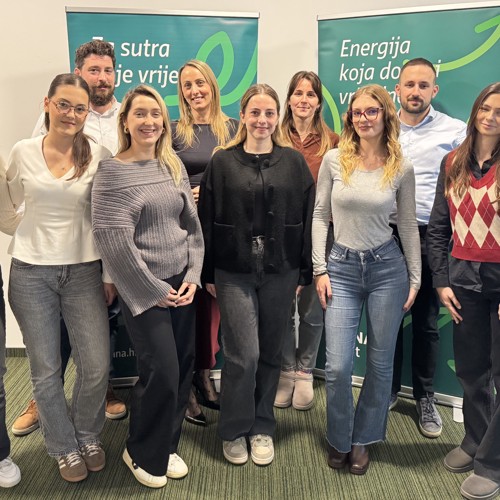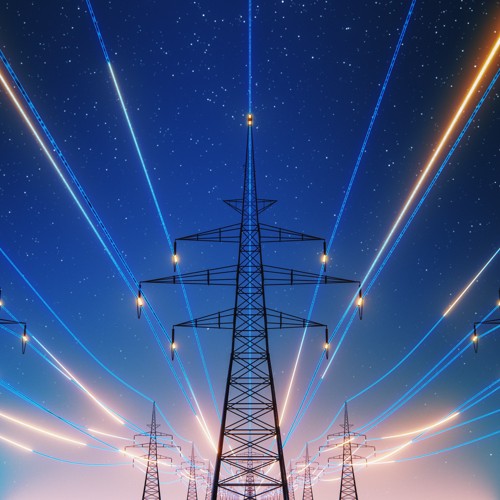Recommendations for saving energy in the household
Sustainable habits for lower bills
Date publishedAugust 27, 2025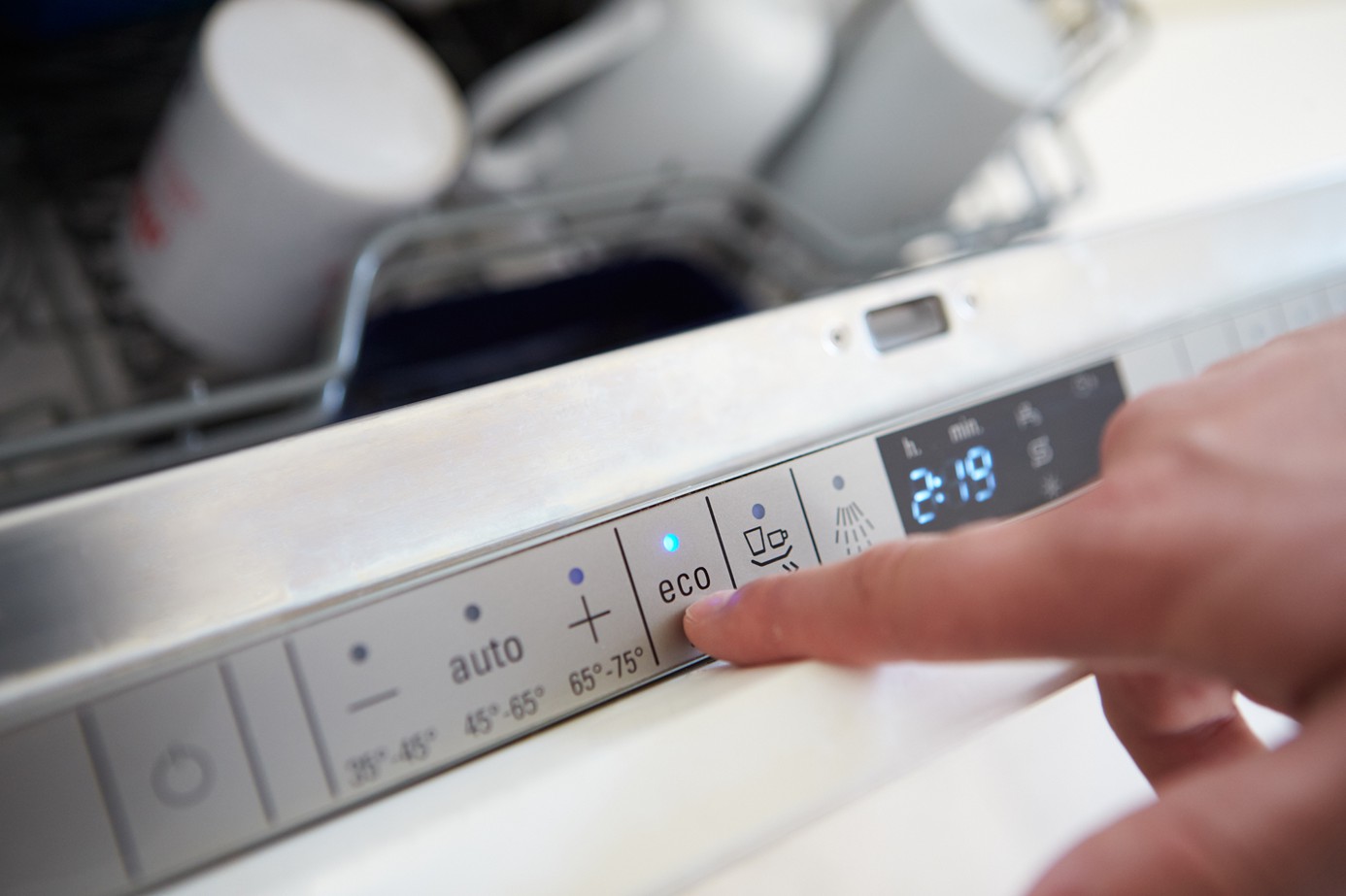
Household energy consumption can be significantly reduced with small changes in daily habits. ENNA Group provides practical recommendations to help you lower energy use, reduce your bills, and contribute to environmental protection.
Cooking
The kitchen is a great place to start making changes at home. We spend a lot of time there, and cooking often involves performing several tasks at once. All of these actions consume energy—and sometimes waste it. With these simple habits, that energy use can be significantly reduced.
If you need boiling water, use an electric kettle or place a lid on the pot. The water will boil faster, using less energy.
When cooking eggs, turn off the heat a little earlier and let them finish cooking with the remaining heat.
If you plan to cook frozen meals, take them out of the freezer in advance to let them thaw naturally. Otherwise, you’ll waste energy defrosting them in the oven or microwave.
After finishing a dish in the oven, leave the oven door open for a while so the remaining heat can warm up your kitchen.

Match the size of the cookware to the amount of food you’re preparing—cooking small portions in a large pot leads to higher energy consumption.
Keep your stovetop clean. A clean surface heats more efficiently.
When cooking on a stovetop, make sure the pot matches the size of the burner. More heat will reach the pot instead of being wasted into the air.
When using the oven, avoid opening the door too often to check your food, as heat escapes each time. Remember—oven doors are made of glass for a reason!
Cleaning
When it comes to ecology, cleaning is often discussed in the context of using harmful chemicals. But the reality is that cleaning is an everyday process that also consumes a considerable amount of hot water. By following these simple tricks, you’ll not only save on energy costs and keep more euros in your household budget—you’ll also feel better knowing your living space is more efficient.
Choose showers over baths. According to the UK’s Energy Saving Trust, if every member of a four-person household replaced just one weekly bath with a five-minute shower, the family could save up to €20 a year.
Shorten your shower time. On average, a shower uses about 10 liters of water per minute. By reducing your shower time by only four minutes, you can save 40 liters of water. Lowering your boiler’s hot water temperature by just 5°C can also reduce annual energy consumption by around 10%.
Install a water-saving showerhead. If your shower draws hot water directly from a boiler or hot water tank (instead of being electric), using a water-efficient showerhead can significantly cut hot water use.
Dust and vacuum your radiators. Dust buildup blocks the free flow of heat, making your heating system less efficient.
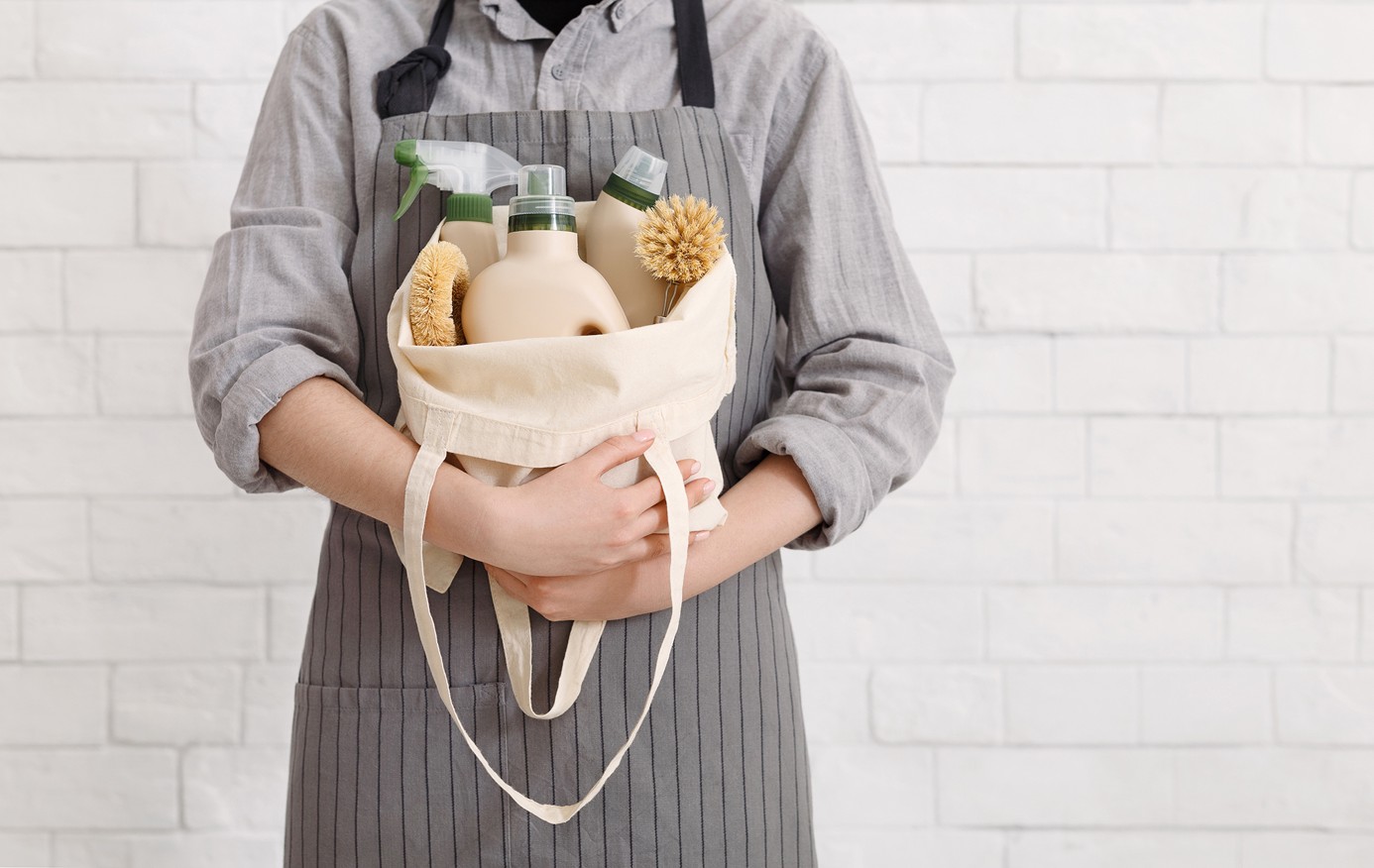
Appliances
Household appliances are some of the biggest energy consumers, but with a few small habits, you can reduce their impact and save money.
Defrost your fridge and freezer regularly. The more ice builds up, the harder they must work and the more energy they consume.
Clean the coils on your fridge three to four times a year. Move the appliance away from the wall and vacuum thoroughly. Dust and dirt buildup makes the motor work harder.
Dust your light bulbs. A layer of dust reduces brightness, which might tempt you to use higher-wattage bulbs or turn dimmable lights up more than necessary. Remember: energy-efficient LED bulbs are a far better option than old-fashioned incandescent bulbs.
Clean filters in appliances such as dishwashers and washing machines. This keeps them running efficiently and reduces the risk of blockages and breakdowns.
Empty the lint screen after every dryer load. Just like with filters, lint buildup forces the dryer to work longer and use more energy.
Choose shorter, lower-temperature cycles. Unless items are heavily soiled, dishwashers and washing machines usually perform just as well on eco or short cycles. This simple change saves both money and energy.
Scrape, don’t rinse dishes before loading the dishwasher. This avoids unnecessary hot water use while still ensuring effective cleaning.
Household Appliances and Lighting
From washing machines to light fixtures, every household appliance consumes energy. By using them thoughtfully, maintaining them properly, and replacing outdated devices, your home can become more efficient and your bills less of a burden.
Switch to LED bulbs. Replace traditional bulbs with energy-saving LEDs.
Use lower-wattage fixtures and keep them clean. Dust and dirt reduce their effectiveness, so regular cleaning helps maintain optimal performance.

Buy household appliances with a higher energy rating. Devices and lighting with an A rating use up to 40 percent less energy than similar devices with a D rating.
Replace outdated appliances with new ones. Thanks to advances in technology, new devices are more efficient than those made a decade ago.
Whenever possible, air-dry your laundry instead of using a dryer.
Install dimmer switches for your lights. This way, you can illuminate a room only as much as needed, without using excess energy.
Run the dishwasher only when it is full. Half loads use the same amount of electricity and hot water as full loads, so waiting until it is full reduces the number of washes. However, do not overload it or place items too close together, as they may not get cleaned properly.
It is better for a fridge to be full than empty, as it consumes less energy when well stocked. This does not mean buying more food than you need; instead, buy only what you are likely to use and fill empty spaces with bowls of water.
Do not overfill the kettle. Boiling only the required amount of water could save up to €20 per year on your electricity bill.
Do not place your fridge or freezer near heat sources such as a stove or in direct sunlight. Heat makes the appliance work harder, increasing energy consumption.
Do not set your fridge colder than necessary, as this wastes energy. If it has a thermostat, set it to 3°C. If it only has a numbered dial from 1 to 10, purchase a cheap fridge thermometer and adjust the dial until the temperature stabilizes at 3°C. Also, set your freezer to -18°C. Adjusting the temperature by one degree higher can reduce energy consumption by up to 5%.
Heating and cooling
Heating and cooling play a major role in the comfort of our homes throughout the year. With a few simple adjustments and more mindful habits, it is possible to enjoy a warmer home in winter and a more comfortable space in summer without unnecessary energy use.
You can reduce costs by installing a room thermostat that is programmed to lower temperatures at night or when you are away. Reducing the temperature by just one degree can save up to 5 percent of energy. Each degree above 20°C can increase heating costs by up to 10 percent.

Lowering the home temperature to 16–18°C while you are away can reduce heating bills by up to 10 percent, while each degree above 20°C can increase heating costs by 10 percent.
A new condensing boiler can reduce gas consumption by up to 20 percent. If possible, replace an old conventional boiler with a modern, efficient model.
A well-programmed thermostat can cut heating costs by 20 percent. Radiators emit heat in all directions, meaning that up to 45 percent of the heat is lost to the wall behind them. To prevent this heat loss, place aluminum foil behind the radiator to reflect the heat back into the room.
Poorly insulated windows can cause the loss of 10–25 percent of a home’s heat energy. Ideally, triple-glazed windows are best, but they are not the only solution. You can use transparent food wrap to retain heat in the room. Cover the windows with a layer of the film and attach it to the frame. The thin layer of air between the glass and the film acts as an insulating layer, keeping warm air in the room while preventing the window glass from cooling it.
Sunlight on a sunny day can warm the interior of your home and replace up to 12 percent of heating energy. Raise blinds and pull back curtains during the day to take advantage of natural warmth. In addition, the sun is an ideal source of energy that can help make your home more energy-efficient.
As a general rule, it is recommended to keep room doors closed, especially if you are using only a few rooms in the house or maintaining different temperatures in each room. Exceptions include showering and cooking. Both activities heat the air in the room they are performed in, which will be left afterward. In these cases, leaving the doors open allows the warm air to flow into adjacent rooms and throughout the home, further warming the space.
Lowering the hot water temperature in your boiler by up to 10°C from the usual setting can save up to 15 percent of annual energy consumption.
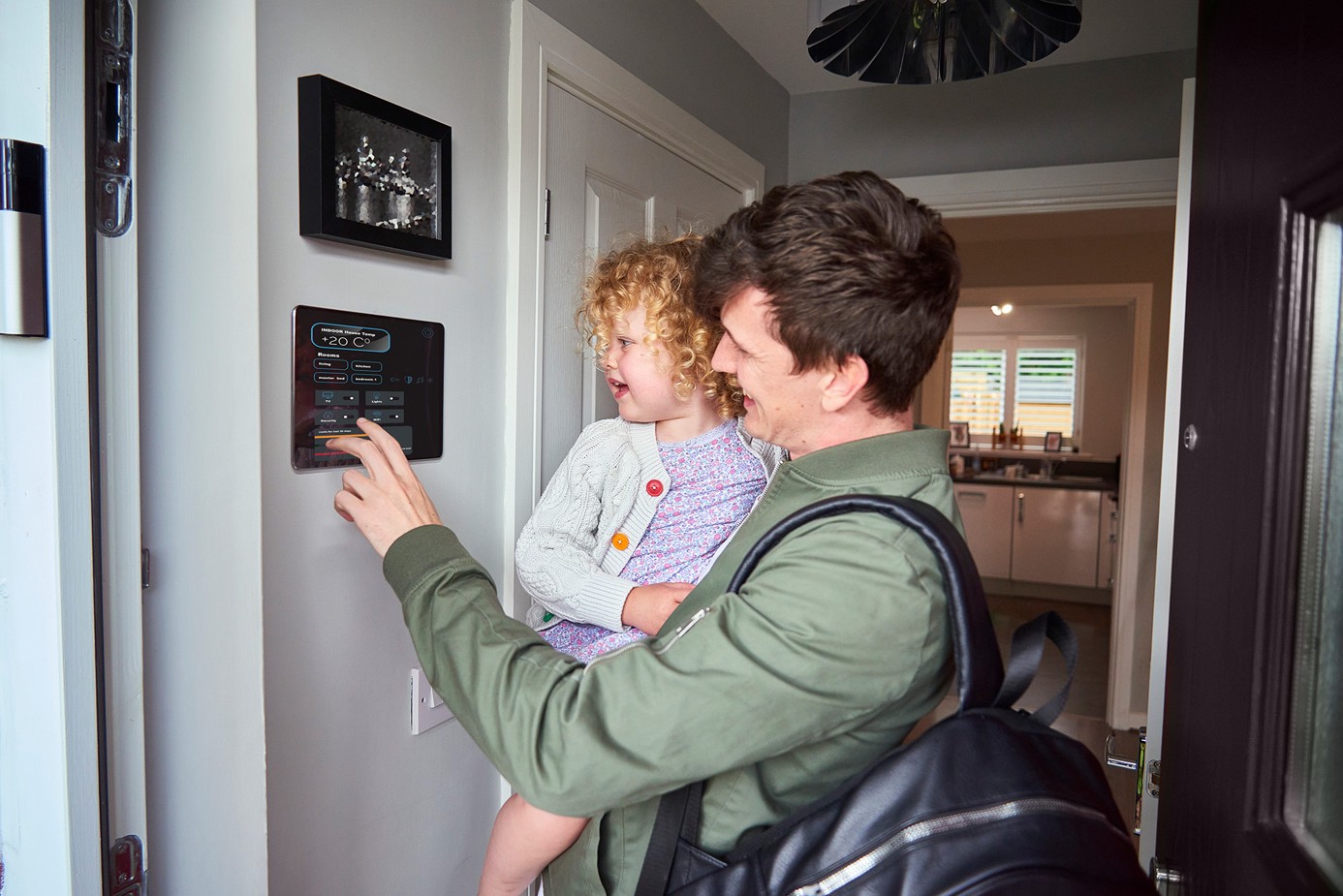
Make sure warm air does not escape and cold air does not enter through gaps under doors or in window frames. If you notice drafts under doors, purchase or create draft stoppers.
If you spend most of your time in one room, consider using a portable heater in that room instead of turning on the heating for the entire house.
When purchasing air conditioning units, it is recommended to choose devices with a higher heating and cooling factor. These factors indicate how much thermal or cooling energy is obtained relative to the electrical energy required to run the compressor.
During the cooling season, the difference between indoor and outdoor temperatures for health reasons should not exceed 7°C. Setting lower temperatures increases air dryness (condensation on the indoor unit), which is both energetically and medically unfavorable. Therefore, it is recommended to set the thermostat to 25–26°C. Each 1°C reduction in indoor temperature increases energy consumption by 3–5%.
The outdoor unit of an air conditioner should be placed in cooler areas or shaded locations (if possible), as this improves efficiency during the cooling season.
Travel
Annual vacations are a time for relaxation, but traveling often requires significant expenses and careful planning. It’s important to ensure that your home does not generate unnecessary financial or energy costs while you are away. These tips will help you travel in a more energy-conscious way, whether commuting to work or exploring a new destination.
Before leaving, turn off and unplug everything you can, and set the thermostat to the lowest safe level. You may also consider shutting off water supplies to the washing machine, dishwasher, and toilet cistern.
If traveling in summer, turn off the hot water. In winter, reduce hot water and heating to the lowest level that still prevents pipes from freezing.
When planning a vacation, look for eco-friendly accommodations. Check hotel certifications—eco-friendly hotels often hold Green Globe or LEED certification. It’s also worth reading reviews and checking whether the hotel supports local communities and economies.
If vacationing far from home, consider the energy costs and carbon emissions of your chosen mode of transport. Cycling is the most energy-efficient form of travel, while long-distance flights are generally the least efficient.

For longer trips, choose train travel over flying whenever possible. Trains consume less energy and also allow you to enjoy new landscapes along the way.
Before each trip, ask yourself whether you can walk, cycle, or use public transport to reach your destination. Try to avoid traveling during peak traffic hours, as being stuck in slow-moving traffic with the engine idling wastes energy.
Do not leave unnecessary items in your car trunk. Extra weight increases fuel consumption, so remove items that are not needed for your trip.
Drive calmly. Constantly revving the engine and braking suddenly reduces the number of kilometers per liter of fuel. Pay attention to the road ahead so you can anticipate stops and starts, which helps save energy.
